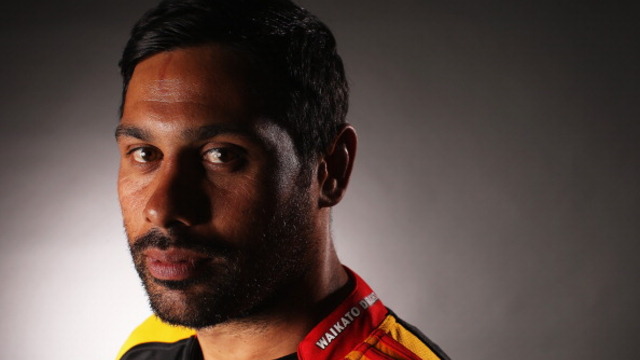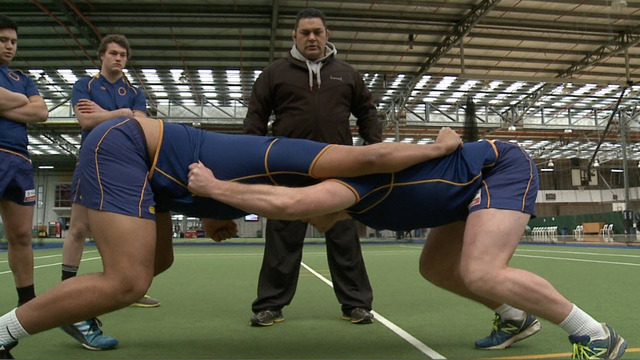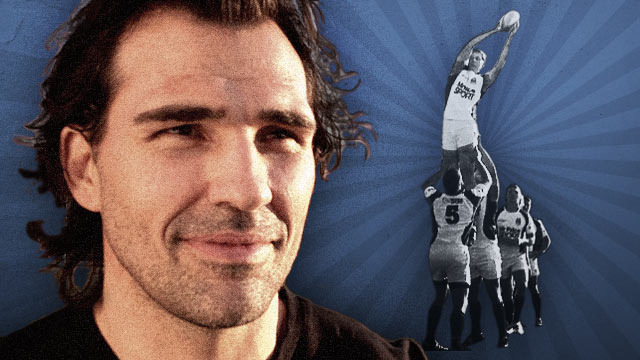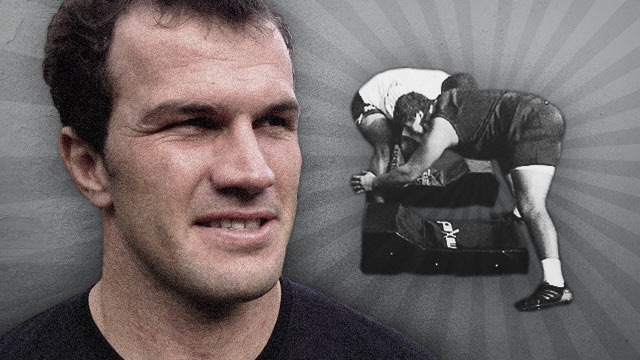One of the biggest challenges in my time at Northampton was taking on the Leicester lineout. It is a huge part of their mana. As much as French teams feed off their scrum, Leicester feed off their lineout and the ability to build a driving platform from it. Even now it is a point of difference and led to a try in the recent Premiership final against Harlequins.
Then at the end of the match, needing a converted try to tie the scores, Leicester went to their lineout. One crooked throw and one well-organised piece of Quins resistance preserved the lead, but it takes agreat deal of thought and planning to stop Leicester’s lineout rumble.
The level of analysis, both self and opposition around professional rugby would astound the public. Before a match against Leicester I would look at every lineout from the previous five games, at both the Tigers’ throw and the opposition’s throw. That could come to over 200 lineouts and took hours and hours of work.
I would plot the lineouts. Mapping the players’ starting positions, their decoy movements and final ball destination. Most teams won’t have many more than ten variations of lineout. Having plotted Leicester’s variations, we would then devise and run our Leicester specific defensive formations in training.
The Leicester lineout drive can be lethal from up to 30 metres out. Even from that distance, if they set a driving platform, it could be hard to stop them manufacturing a score. There was a specific tactic devised for the Leicester lineout that we never used against any other opposition. Quite simply because it involved gifting them possession by not competing against the jumper in the air. This was a battle that had to be fought and won purely on the ground. I had to convince the Northampton pack that we would do more damage to Leicester on the ground than we could have ever achieved in the air.
It can be hard to convince a warrior not to go for the opposition on all fronts, but there was good reason for the tactic. The Leicester lineout was the beating heart of that team. Their forwards, ( the majority of which comprised the 2003 RWC winning pack ) expected to set and destroy the opposition via this aspect of play. Destroy that platform in the most intense of physical contests, one they expect to win and you destroyed the heart and soul of that team.
Don’t get me wrong, I’m all for competing in the air for the ball at lineout time. The price of losing that aerial contest was providing Leicester with the time to construct their driving maul platform, the best in the world at the time.
If you have a defensive lineout pod and one of your jumpers is a bit late off the ground then you will be in no position to defend their drive. When they are coming down with the ball and setting the platform, your own lifters still have hold of the late jumper and cannot form a barrier against or dismantle the drive platform.
We chose not to jump, but decided to adopt a tactic from the NFL. You’ve seen those power positions when the players are almost in a three point stance just before the snap of the ball. We put this to the team. All seven forwards in our lineout adopted the power stance on Leicester attacking throws. As soon as the Leicester jumper hit the ground, those players opposite drove at the jumping pod. It may have been technically on the verge of legality, but it happened so quickly. The defensive lineout was lower and hit the attacking set up more powerfully than it could withstand. They never got a single lineout drive set.
Maybe Martin Johnson, a big fan of gridiron, might have come to appreciate the tactic used against him a few days after the event. And next time you see a team not competing on the opposition throw, stop to think. It looks like surrender, but can be a different form of attack. The expert lineout drive is one of the hardest tactics to defend in modern rugby.

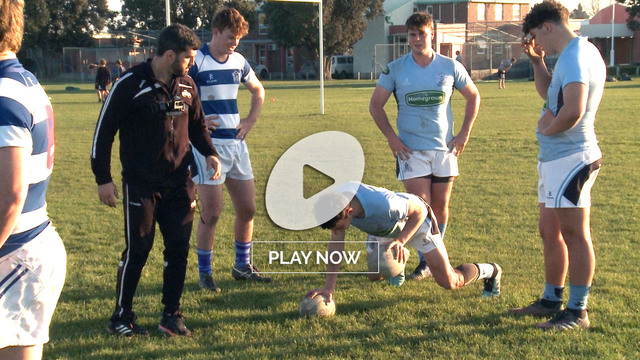
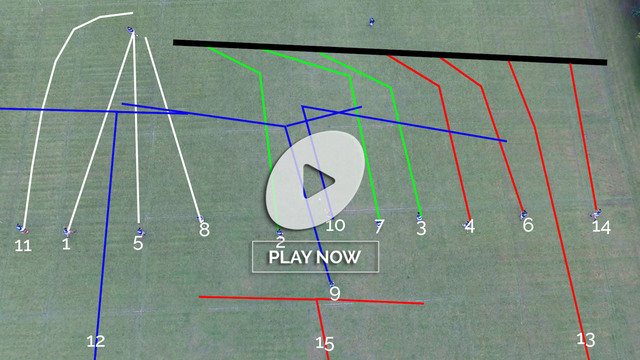

.jpg)
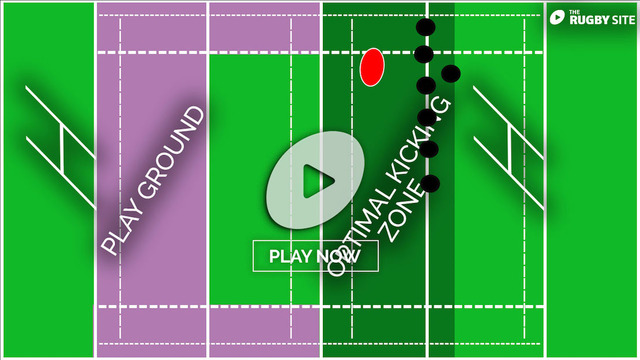
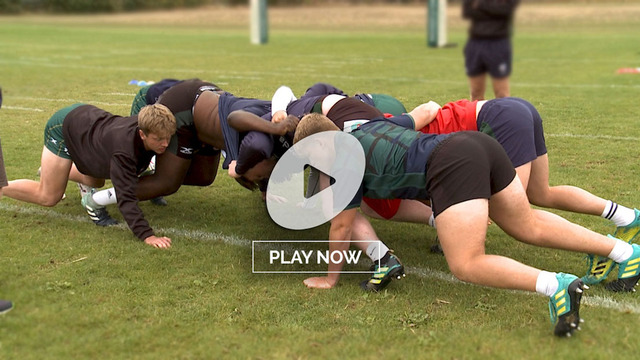
.jpg)
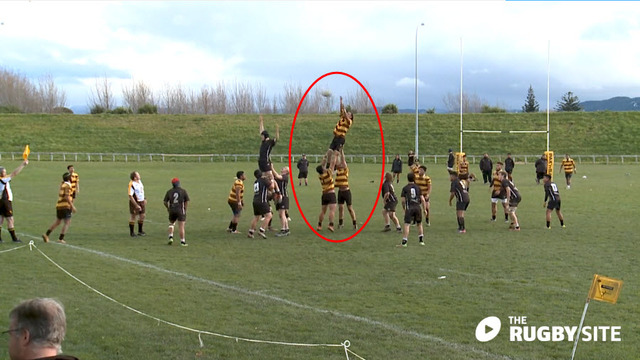
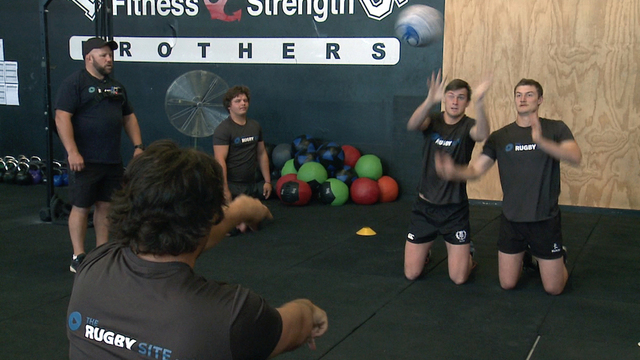
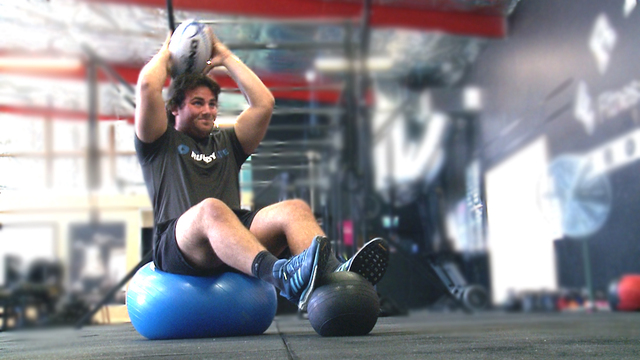
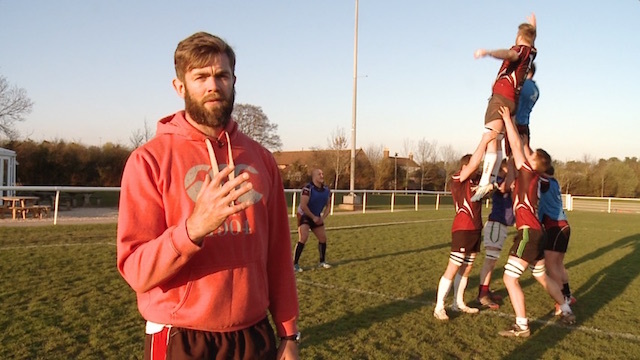
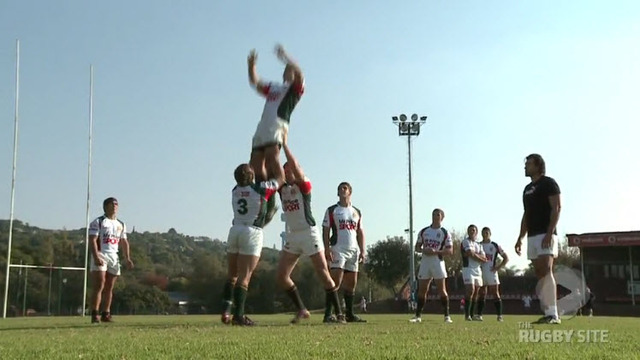
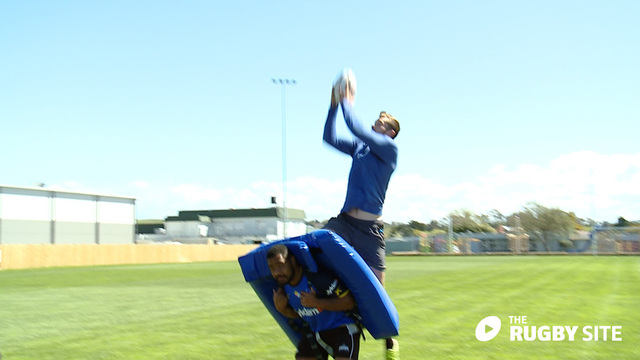
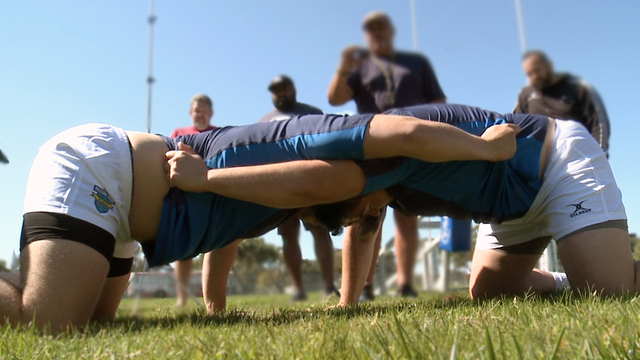
.jpg)
